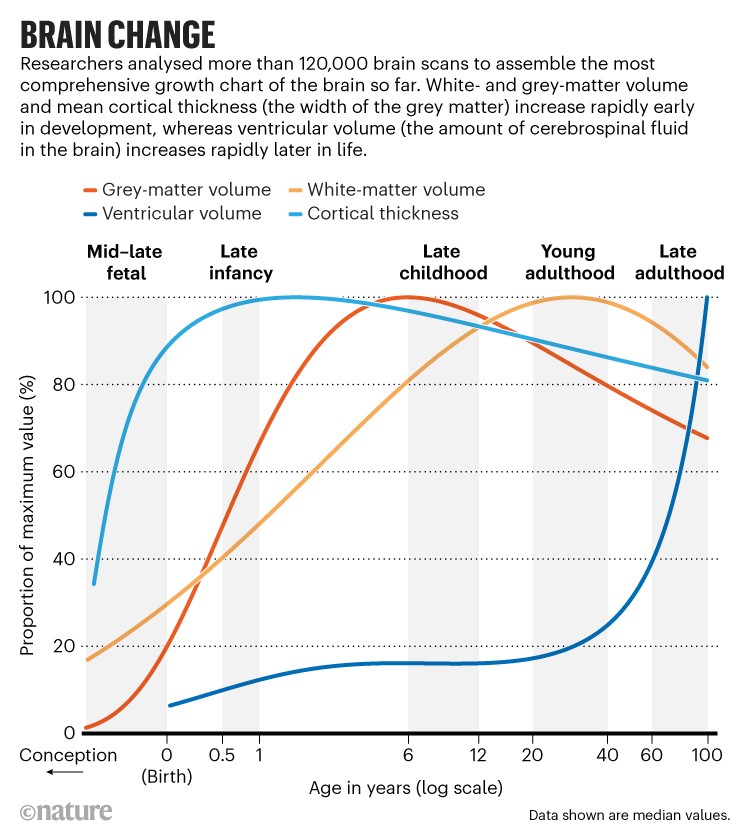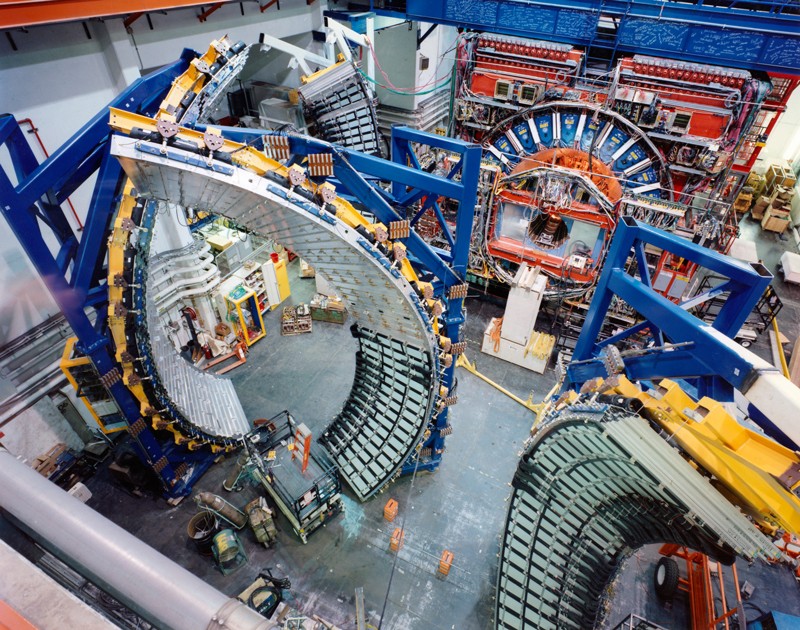Estebonrober
Deity
- Joined
- Jan 9, 2017
- Messages
- 6,062
If you wrote "Bigliest" I would have known, but if you use normal words how is
anyone supposed to know it's Trumpian?
./shrug I'll have to work on my Trumpian wordiness.
If you wrote "Bigliest" I would have known, but if you use normal words how is
anyone supposed to know it's Trumpian?

If I didn't know any better, I'd swear it was a Domino's delivery guy with a pineapple pizza.They think an infected cook was serving food at Ft Riley, but how did he get sick? Maybe he got it from handling food.



Literally trillions if it works on all tissues. I think the reason they did it from skin is because it is an easy source of fibroblasts, rather than it will work on the skin particularly.Someone's gonna make trillions of dollars if they can bring that into a consumer product
You really can have younger skin
This is not a consumer product, or anywhere near. However it looks really promising to me, turning the cellular clock back in multiple ways including the transcriptome age and epigenetic age that I get the impression appear to be the real drivers of aging.
Ageing is the gradual decline in organismal fitness that occurs over time leading to tissue dysfunction and disease. At the cellular level, ageing is associated with reduced function, altered gene expression and a perturbed epigenome.
Somatic cell reprogramming, the process of converting somatic cells to induced pluripotent stem cells (iPSCs), can reverse these age-associated changes. However, during iPSC reprogramming, somatic cell identity is lost, and can be difficult to reacquire as re-differentiated iPSCs often resemble foetal rather than mature adult cells. Recent work has demonstrated that the epigenome is already rejuvenated by the maturation phase of reprogramming, which suggests full iPSC reprogramming is not required to reverse ageing of somatic cells.
Here we have developed the first 'maturation phase transient reprogramming' (MPTR) method, where reprogramming factors are expressed until this rejuvenation point followed by withdrawal of their induction. Using dermal fibroblasts from middle age donors, we found that cells temporarily lose and then reacquire their fibroblast identity during MPTR, possibly as a result of epigenetic memory at enhancers and/or persistent expression of some fibroblast genes.
Excitingly, our method substantially rejuvenated multiple cellular attributes including the transcriptome, which was rejuvenated by around 30 years as measured by a novel transcriptome clock.
The epigenome, including H3K9me3 histone methylation levels and the DNA methylation ageing clock, was rejuvenated to a similar extent. The magnitude of rejuvenation instigated by MTPR appears substantially greater than that achieved in previous transient reprogramming protocols. In addition, MPTR fibroblasts produced youthful levels of collagen proteins, and showed partial functional rejuvenation of their migration speed.
Finally, our work suggests that more extensive reprogramming does not necessarily result in greater rejuvenation but instead that optimal time windows exist for rejuvenating the transcriptome and the epigenome. Overall, we demonstrate that it is possible to separate rejuvenation from complete pluripotency reprogramming, which should facilitate the discovery of novel anti-ageing genes and therapies.
Bollocks! They're not panicking - they're happy as pigs in the proverbial.The W boson is 0.09% heavier than it should be, and physicists are panicking


But if it rejuvenates old cells (that typically have accumulated genetic damage) and they areThis is resetting the cells genetics to a state much earlier in life. If this works, this could be a major part of medical immortality.

